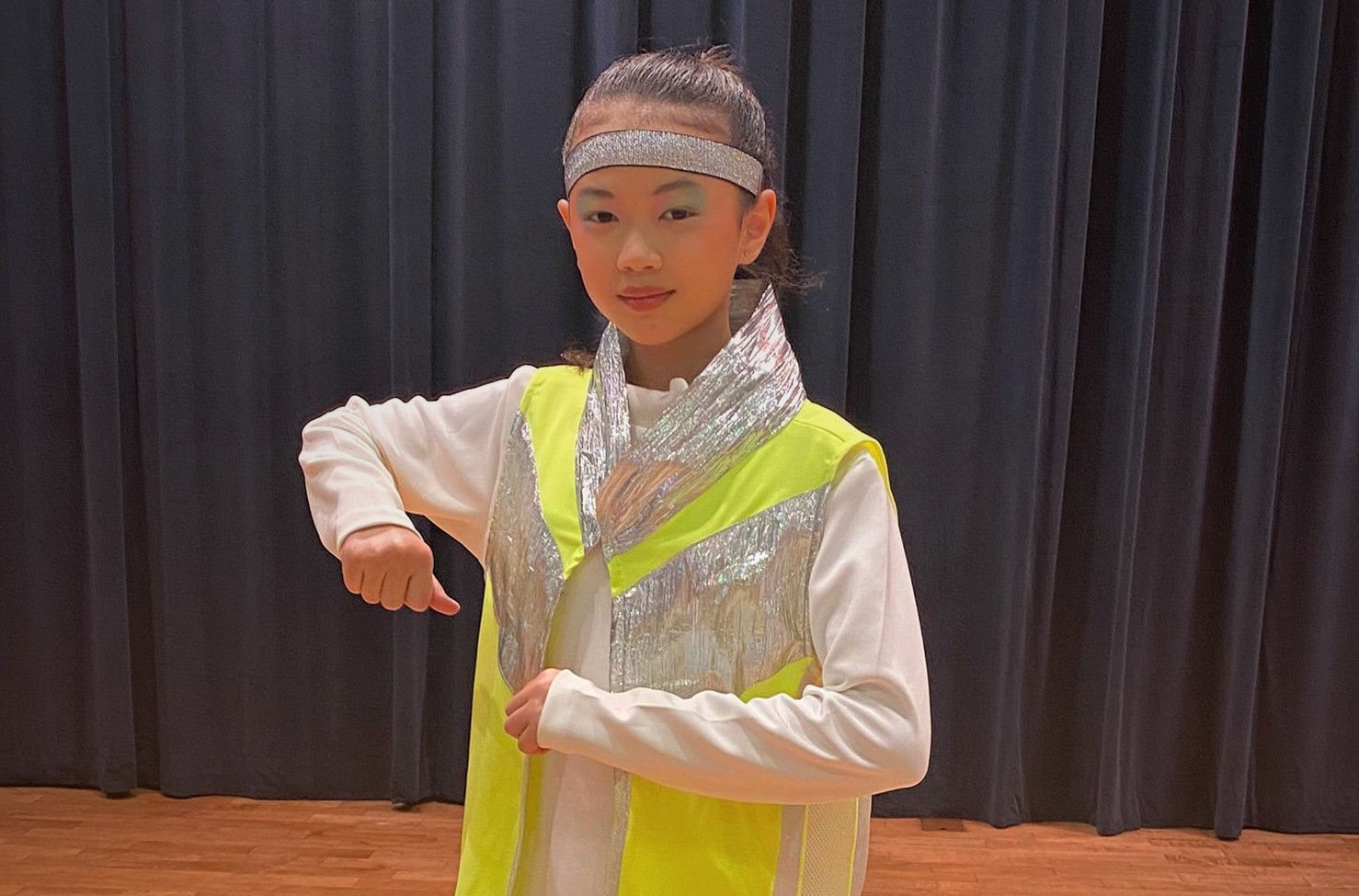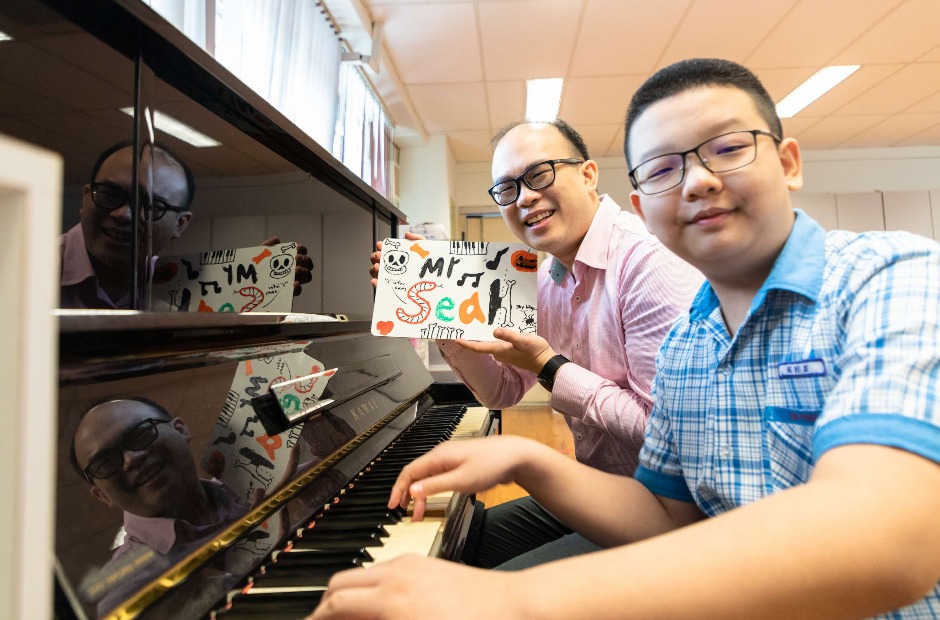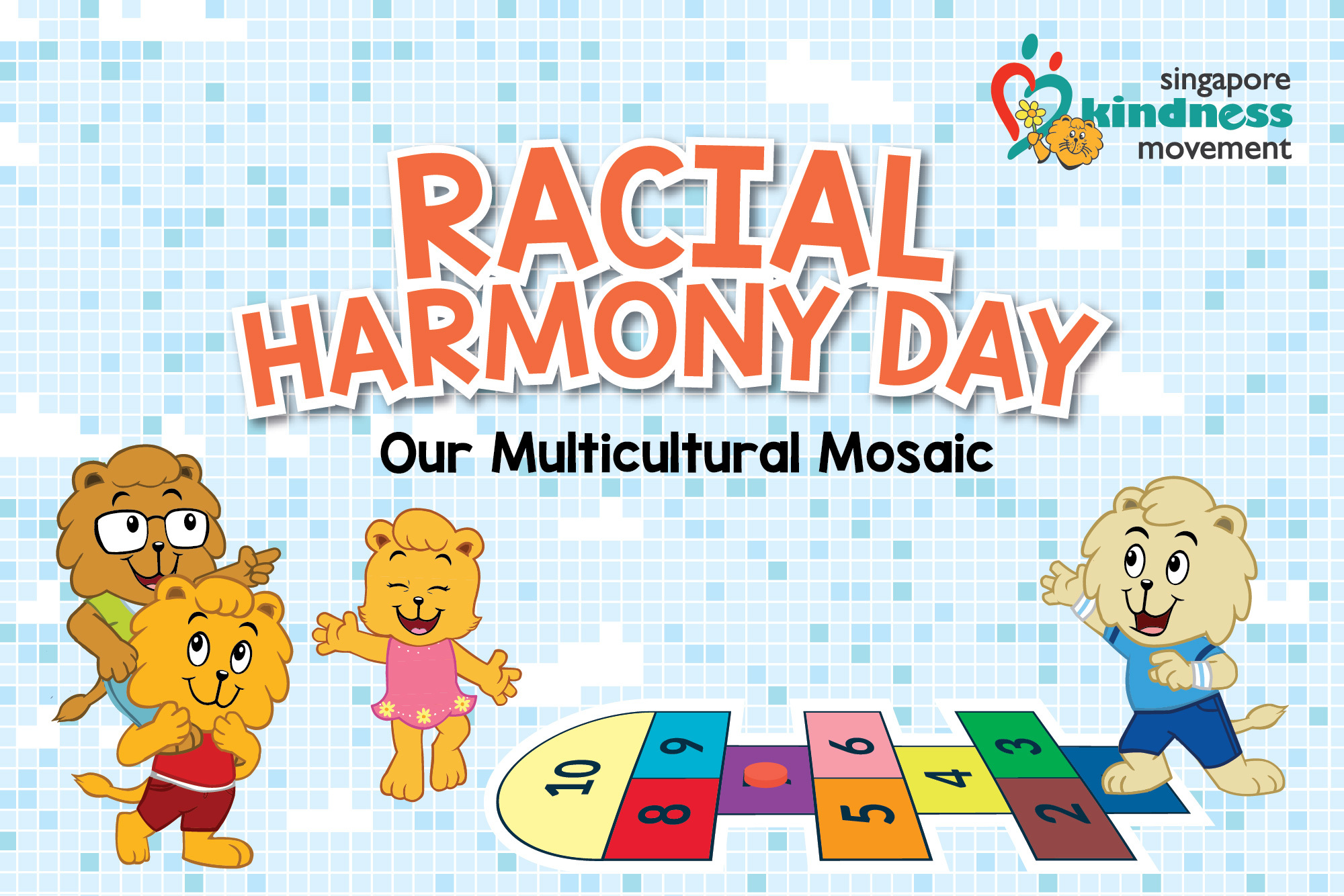Restoring Relationships through Circles and Conversation
23 Oct 2012

Circle Time at Ping Yi Secondary School gives students the opportunity to think about life in school and share how they deal with challenges.
Every two weeks, students at Ping Yi Secondary School gather at a cosy corner of their school and sit in a circle facing each other and their form teacher. In the hour that follows, each student has a chance to voice what he or she feels about life in school, reveal what makes them tick – or ticks them off – and share how they cope with difficult situations or upsetting moments. The positive force of these personal revelations works both ways: besides expressing their inner thoughts and emotions, the students learn that they are not alone in dealing with certain problems such as resisting peer pressure.
These fortnightly gatherings, dubbed “Circle Time”, have been a fixture of life at Ping Yi Secondary School since 2010. Along with “Knowing U”, a twice-weekly one-to-one session between students and their form teachers, such breaks from the typical classroom routine are part of the school’s Restorative Practice programme, which aims to foster a culture of active care and mutual support among students as well as between students and teachers.
Creating a positive culture
School Staff Developer Mr Martin Chan explains that restorative practice is a sustained effort to bring people together, help them understand each other’s perspectives and explore ways to find meaningful solutions. Ping Yi Secondary School was one of four Singapore schools to pilot restorative practice in 2005, when it was mooted as a means to address misbehaviour and absenteeism.

Restorative practice at Ping Yi Secondary School includes fortnightly Circle Time sessions involving students and their form teacher.
“Restorative practice has evolved over the years from a pupil management tool to become an ethos and culture and way of doing things in the school,” says Mr Chan. He attributes this to a trip to Australia where he visited schools that had adopted restorative practice. For instance, the Australian teachers made it a point to contact parents not only when their children got into trouble, but also when they did something commendable. This strengthened parent-school ties and also made the pupils feel good about themselves, motivating them to be disciplined and strive harder in their studies.
“Fundamentally, restorative practice is about building positive relationships,” emphasises Mr Chan. “When we came back, we re-looked at the role of restorative practice and adopted it as a philosophy. We adopted a model that is aligned with MOE’s direction in developing social-emotional competencies and enhancing teacher-student relationships.” Within the framework of restorative practice, each student’s progress is monitored not just in academic terms but also in the physical, socio-emotional and moral domains, in both classroom and non-curricular settings.
A time to talk
A cornerstone of restorative practice is Circle Time. “The underlying principle behind the use of Circle Time,” explains Mr Chan, “is to create a safe, trusting and ‘non-blaming’ environment where students can share their thoughts and explore other ideas – in the process, raising their confidence.” In the first session at the beginning of each school year, teachers lay down their ground rules and expectations, so that students know what is expected of them during subsequent sessions.
At the start of each Circle Time session, teachers offer gentle reminders of the core principles of mutual respect. “Pay attention, give respect to the person speaking, and listen,” reiterates Ms Ginny Teh as a group of Sec 2 students gathers around her in a breezy foyer. “If you need time to think, you can pass [on your turn] till the next round. And no putting down of others or jeering.”
Over time, the sessions help students to understand themselves and their classmates, recognise and handle their emotional states in a healthy way, and develop the nerve to speak up on matters and people they care about. Circles have also become part of the formal curriculum, where teaching and learning may take place in a circle setting to maximise student participation. “When students present their answers in a circle, they learn how to communicate, to speak confidently and coherently, to actively listen to other people and to respond to others verbally and non-verbally – all essential 21st century skills,” points out Mr Chan.
Going further, during Knowing U sessions, teachers spend about half an hour with each student to talk about his or her interests and challenges. Having this open channel of dialogue allows teachers to understand their students better, as well as take action to intervene if serious problems arise.

Circle Time and other restorative practice programmes help to build confidence and rapport among students.
Though Mr Chan stresses that restorative practice is a work in progress at Ping Yi Secondary School, he notes that the approach has begun to pay off. Student discipline and motivation have improved, while instances of major misconduct and repeat offences have dropped. Significantly, absenteeism has plunged, with the number of students with less than 60% attendance falling from 7.5% in 2008 to 1.8% in 2011. The school has also seen positive results in its academic record and in 2011, two of its students were among the top GCE ‘N’ Level students nation-wide.
The impact of this restorative culture has not been lost on parents, adds Mr Chan, and the next phase will involve familiarising parents with the relevant skills and values. “We plan to engage parents on the use of restorative practice at a deeper level, to enhance our partnership and develop a common language at school and at home,” explains Mr Chan. “Ultimately, our character development pursuit is for our students to do the right thing, even when no one is watching.”


.jpg)
.jpg)


